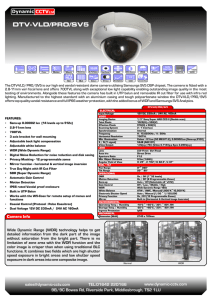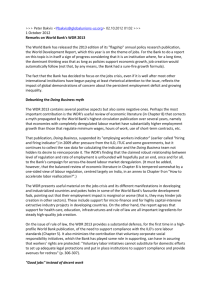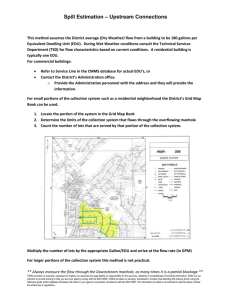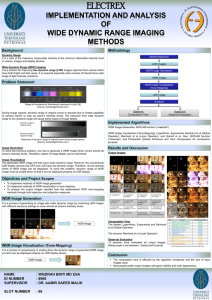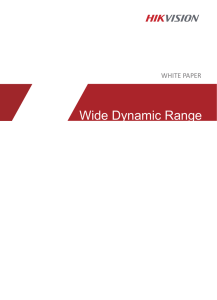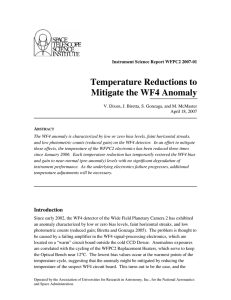CONTACT: RAJA SINGH* 403
advertisement
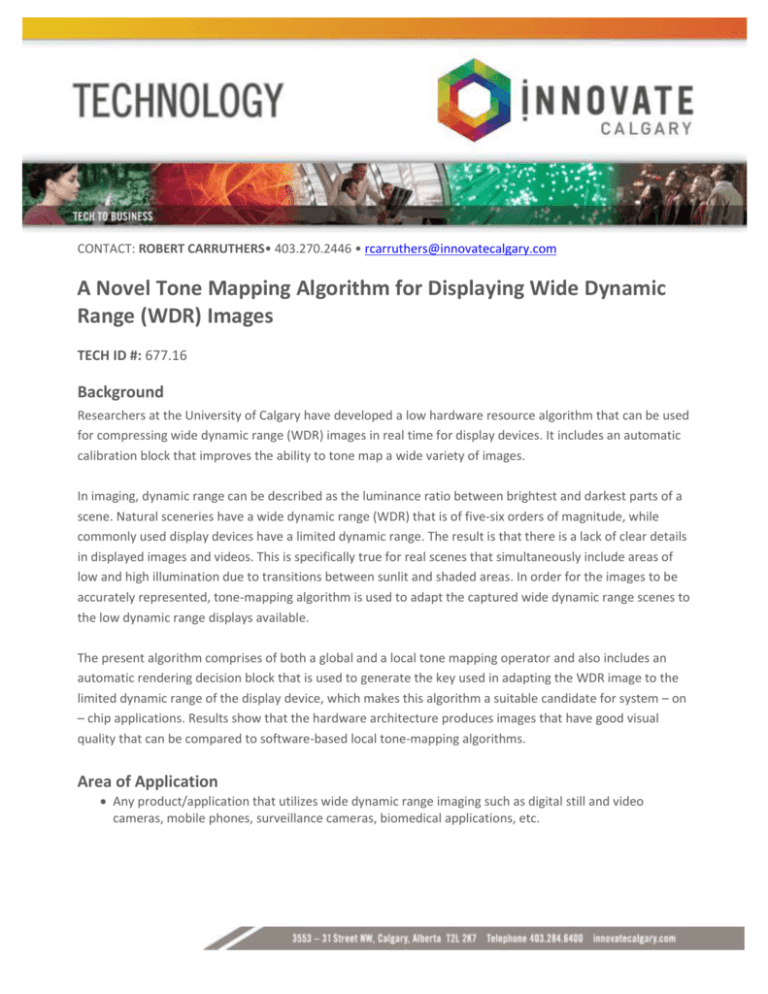
CONTACT: ROBERT CARRUTHERS• 403.270.2446 • rcarruthers@innovatecalgary.com A Novel Tone Mapping Algorithm for Displaying Wide Dynamic Range (WDR) Images TECH ID #: 677.16 Background Researchers at the University of Calgary have developed a low hardware resource algorithm that can be used for compressing wide dynamic range (WDR) images in real time for display devices. It includes an automatic calibration block that improves the ability to tone map a wide variety of images. In imaging, dynamic range can be described as the luminance ratio between brightest and darkest parts of a scene. Natural sceneries have a wide dynamic range (WDR) that is of five-six orders of magnitude, while commonly used display devices have a limited dynamic range. The result is that there is a lack of clear details in displayed images and videos. This is specifically true for real scenes that simultaneously include areas of low and high illumination due to transitions between sunlit and shaded areas. In order for the images to be accurately represented, tone-mapping algorithm is used to adapt the captured wide dynamic range scenes to the low dynamic range displays available. The present algorithm comprises of both a global and a local tone mapping operator and also includes an automatic rendering decision block that is used to generate the key used in adapting the WDR image to the limited dynamic range of the display device, which makes this algorithm a suitable candidate for system – on – chip applications. Results show that the hardware architecture produces images that have good visual quality that can be compared to software-based local tone-mapping algorithms. Area of Application Any product/application that utilizes wide dynamic range imaging such as digital still and video cameras, mobile phones, surveillance cameras, biomedical applications, etc. Competitive Advantages The proposed system is highly efficient in terms of power consumption and hardware complexity for an FPGA (and ASIC in the future) – based design. This algorithm does not require the manual tuning of its rendering key for each WDR image making it advantageous for a system on chip application. It produces images with good visual quality using low hardware resources that can be compared to the results of software based operators that require much more computation complexity. Stage of Development This algorithm has been verified and examined extensively. Computer simulations using MATLAB were done to ensure that the automatic rendering algorithm can work for a variety of WDR images. This modified tone mapping architecture was implemented using Verilog Hardware Description Language (VHDL) and synthesized for a Field Programming Gate Array (FPGA). High peak signal-to-noise ratio (PSNR) was obtained when the results were compared with output imaged obtained from software simulations. Intellectual Property Status Patent Pending Publications: C. Ofili, S. Glozman and O. Yadid-Pecht, "An in-depth analysis and image quality assessment of an exponent-based tone mapping algorithm," International Journal "INFORMATION MODELS AND ANALYSES", vol. 1, no. 3, pp. 236-250, 2012.

